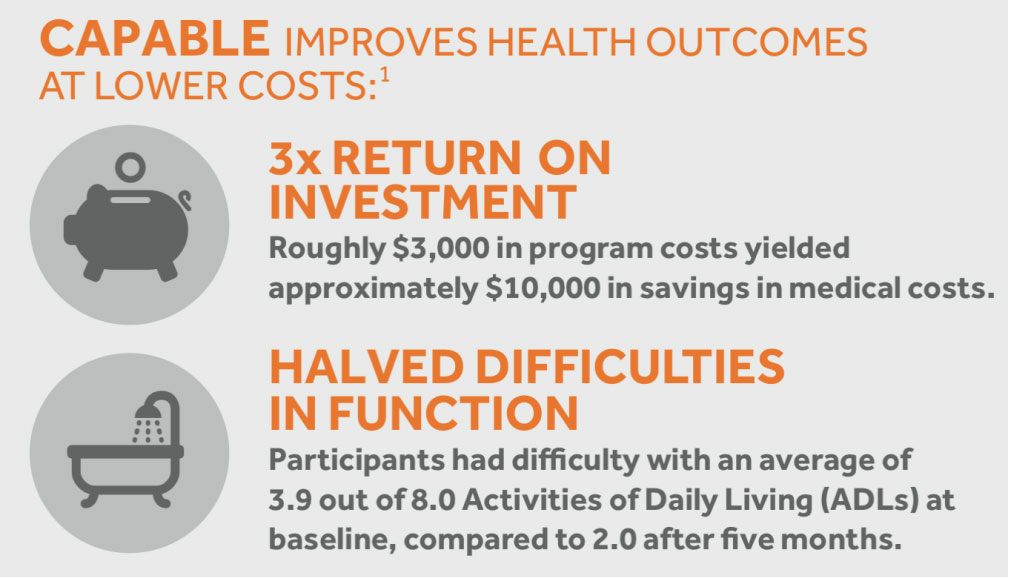1.
It’s About Longevity
We are living much longer than we did even a few decades ago. When this country was founded life expectancy was 32. In 1900 it was 47. When social security was enacted in 1935 life expectancy was only 61. It was a good campaign promise because not many people were going to get paid for very long! By the time Medicare passed in 1965 life expectancy was 71. Now life expectancy is 79, but if you live to 65 you will probably live to 84.
Health, the need for medical attention, care and assistance is much greater for those who are 79 to 84+ than for those who are 71.
Longevity is a miracle, but also the cause of increasing healthcare costs for older Americans.
2.
It’s About Innovation and Opportunity
Almost all aging policy and not for profit programming directed at older Americans is focused on ‘dual eligibles’, those most vulnerable Americans who qualify for both medicare and medicaid. This is critical, important and inviolate.
The larger portion of older Americans who have some resources also need the support of policies which promote affordable aging.
Incentives that leverage retirement savings into increased real estate value use home updates to transform the homeowner’s house into a tool for successful aging. Not only will this help solve their problems, but it will also stimulate community service solutions and save national Medicare spending.
This approach is win-win-win for the HomesRenenwed’s multiple stakeholders.
3.
It’s About Demographics
Until recently we heard dire warnings about the the huge numbers of the boomer cohort. Demographers talked about the ‘pig in the python’, envisioning this bulge passing through our institutions. More recently demographers have realized that the millenial generation is as large as the boomers and will probably get even older. The problem is not a bulge — it is the long term future. The solutions we adopt today will be needed for a long time.
We have the chance , if we act now, to avoid housing and care crises that will otherwise plague our nation for years to come.
Read more
4.
It’s about VALUE
Updating Homes yields increased value for homeowners and the nation. The additional value is found in reduced health costs and increasing capability to live and thrive inter-dependently in community, using fewer personal and public resources.
Health cost savings resulting from home update investments include:
(a) Reduced falls and hospitalizations;
(b) Quicker returns to home from expensive rehab;
(c) Support of and reduced injuries to family and paid caregivers


